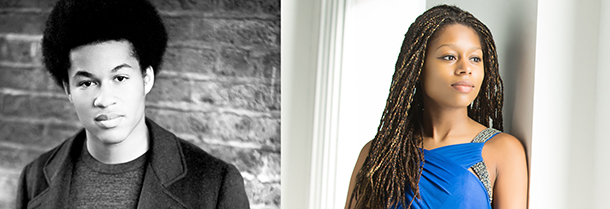Tag: classical music
-
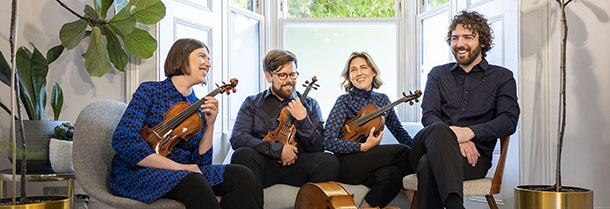
PROGRAM NOTES: CASTALIAN STRING QUARTET
Franz Joseph Haydn String Quartet in D minor Op. 76 No. 2 (“Fifths”) Haydn is known as the father of the string quartet for his leading role in transforming the genre from its origins as light entertainment into a vehicle for serious composition, worthy of standing beside the instrumental sonata and the orchestral symphony. His…
-
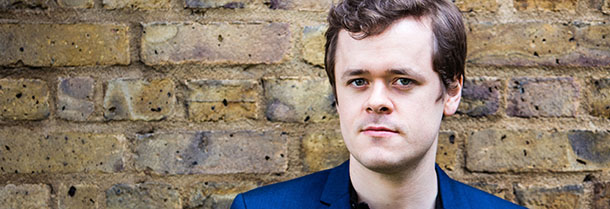
PROGRAM NOTES: BENJAMIN GROSVENOR
Jean-Philippe Rameau Gavotte and Variations in A minor The modern pianist seeking to play the Baroque harpsichord repertoire faces many obstacles, starting with the friendly fire of his own trusty Steinway itself, so different in sound from the perky little plucked-string sound box for which this music was originally written. A note on the harpsichord…
-
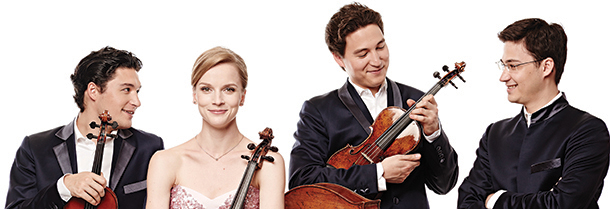
PROGRAM NOTES: SCHUMANN QUARTET
Wolfgang Amadeus Mozart Quartet in D major K. 499 “Hoffmeister” Mozart’s most accomplished string quartets are generally considered to be the ten he wrote after moving to Vienna in 1781, beginning with the set of six dedicated to Haydn, published in 1785 and ending with the set of three dedicated to the King Friedrich Wilhelm II…
-
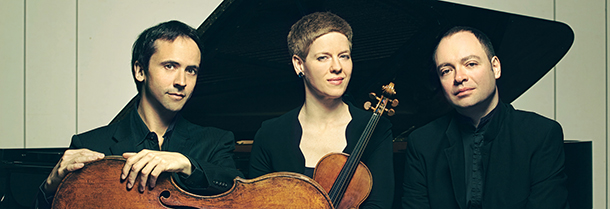
PROGRAM NOTES: FAUST QUEYRAS MELNIKOV TRIO
Ludwig van Beethoven Kakadu Variations in G major Op. 121a Beethoven’s Kakadu Variations comprise an introduction and 10 variations on a popular theme from the Viennese stage. It has a compositional history that extends over more than two decades, with a first version of the work likely dating from around 1803. By 1816 Beethoven had had…
-

PROGRAM NOTES: LUCAS & ARTHUR JUSSEN
Johann Sebastian Bach Three Chorale Preludes (arr. György Kurtág) The chorale, a hymn setting of pious verse in simple note values, was a central element in Lutheran liturgical practice, whether sung in unison by the congregation, in four-part harmony by the choir in a cantata, or artfully arranged into a web of contrapuntal lines on…
-
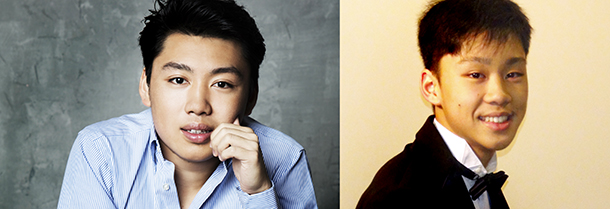
PROGRAM NOTES: GEORGE AND ANDREW LI
Wolfgang Amadeus Mozart Sonata in D major K. 381 for Piano Duet In the 1760s, when Wolfgang & his sister Nannerl were touring Europe as child prodigies, the keyboard duet was a popular novelty item on their programs, one that offered a fuller range of sound from a single instrument while still allowing each performer…
-
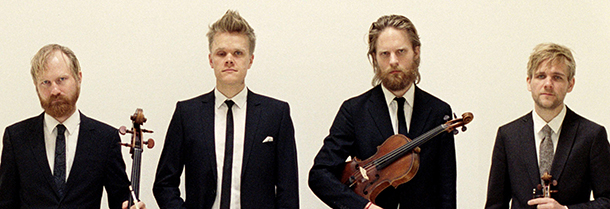
PROGRAM NOTES: DANISH STRING QUARTET
Johann Sebastian Bach The Well-Tempered Clavier Book I Fugue No. 16 in G minor BWV 861 (arr. Förster) If you have ever happened to see one of those cooking shows in which a chef is challenged to create an entire meal—appetizer, entrée and dessert—out of a minimum of ingredients (an ox-tail, say, and a banana)…
-
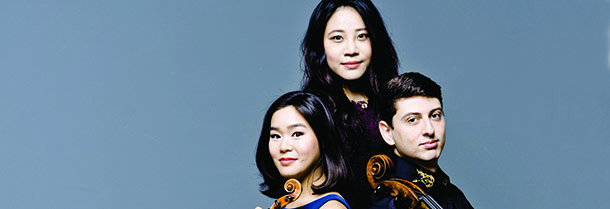
PROGRAM NOTES: Z.E.N. TRIO
Franz Schubert Notturno in E-flat major Op. 148 Schubert’s Adagio for Piano Trio D 897 was composed in 1827 but only published decades later, under the publisher’s title Notturno. And indeed, the opening section does conjure up images of nighttime serenity, with its heavenly texture of harp-like arpeggios in the piano supporting a hypnotic melody…



